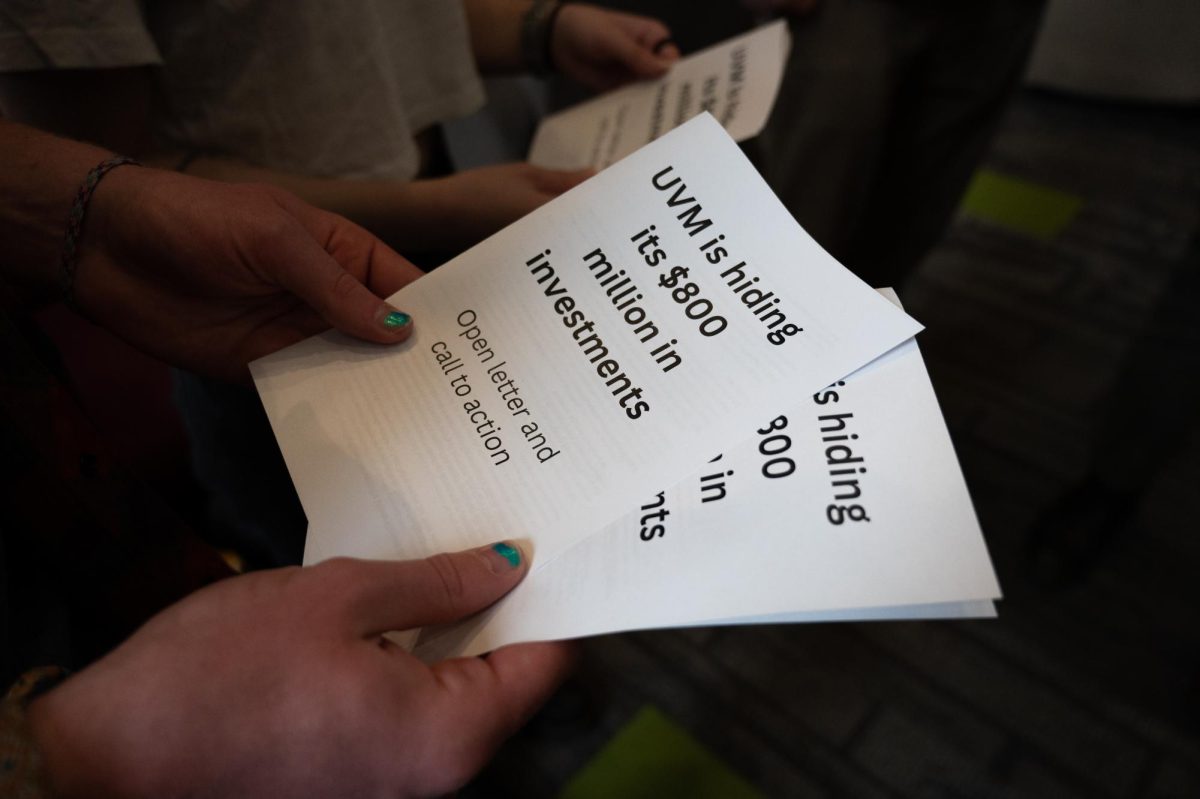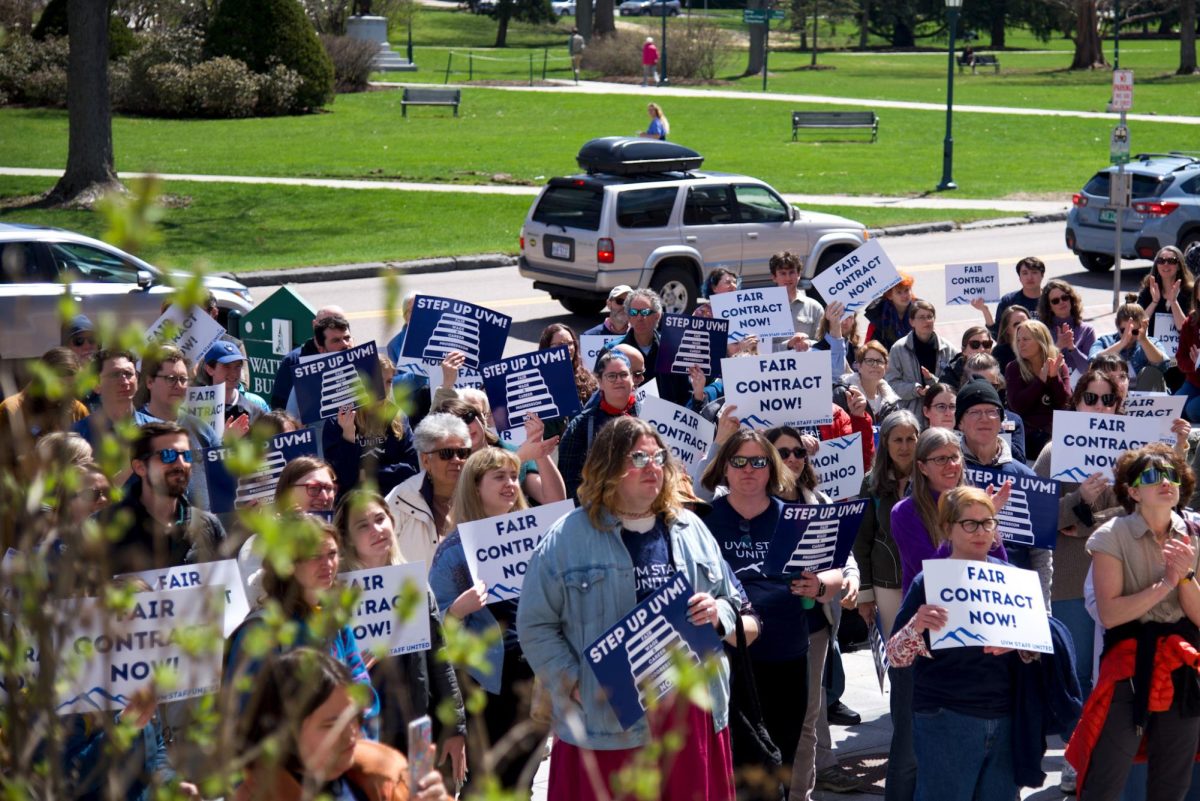I am writing because I was a victim of UVM police abuse. Last night I was pulled over on East Ave. for rolling through a stop sign. For reasons I dont wish to mention, not only was I arrested, but I was grabbed and slammed down onto the trunk of my car with the police officer smashing my face into the vehicle and repeatedly swearing at me. The office proceed to tell me I was resisting arrest when in reality I kept saying “you’re hurting me please stop.” Upon arrival at UVM police headquarters the officer grabbed me out of the car and basically pushed me down the stairs. I found this ironic considering the article, “UVM eyewitnesses claim police violence,” published two weeks ago. I don’t know what else to say besides that this is absurd and needs to stop. I believe that excessive force was used on me and I want it to be known! The livable wage campaign was the topic of a Cynic article the week before last, cleverly entitled “UVM’s glaring flaw.” A closer look into microeconomic theory suggests a more appropriate title for Sam Maron’s article: “How students can pay more for less.” One of the first things taught in introductory economics is that if an institution such as UVM increases the minimum wage, it will cause that institution to lay-off workers because, within its budget, it cannot afford to pay all of its employees at this new increased wage. That is, unless UVM finds a way to increase its budget instead of cutting back on its expenditures. Essentially all of UVM’s revenue comes from students. If anyone has been paying any attention to their tuition bills instead of just handing them off to mommy and daddy, they might notice that tuition has already been increasing at a rate anywhere from three to five percent each year. If jacking up tuition at higher rates seems unpopular to the administration, maybe capitalism will work like it says it should, and UVM will only hire people who will produce an amount that merits the livable wage. Chances are, these low wage workers aren’t going to leave these suddenly more attractive jobs at $12 per hour. It is even less likely that, because they’ll be earning 150 percent more than they did before, low-wage University employees will feel the need to increase their productivity by an equal amount. But, if UVM can’t jack up student tuition, and has no way to enforce a proportional increase in productivity to offset the increase in pay for their low-wage workers, what can the administration do? If UVM can find no alternative route to cut costs or increase revenue, it will lay off workers in response to a livable wage policy. But what does that mean for students? Fewer workers, many of them janitorial or housekeeping staff, will be stretched and expected to do more work in the same amount of time; the equivalent of an increase in productivity. Even if it were possible to increase productivity in these jobs by 50 percent, I have no doubt that students will see a difference in the product UVM sells to us. In effect, livable wage efforts create market inefficiencies by setting a price floor for workers. SLAP would apparently like the families of the student body to finance the costs of this wage increase, or to continue to buy a product whose value has decreased. It may come as a surprise that many UVM low-wage employees had the opportunity to take a higher paying job, but instead opted for the lower wage at UVM. Tuition for families of UVM employees is free. These employees opted for the lower wage because of the $130,000 perk of a UVM education for their children. A $12 per hour job might pay the bills, but it is unlikely to pay for a child’s education. When factoring in the cost of one child’s education, the hourly wage of a UVM low-skilled employee jumps from $8 to roughly $12 per hour. If UVM’s workers are making the conscious decision to forgo higher wage rates in favor of free tuition for their children, why is SLAP trying to finance both? I applaud the effort to revive UVM’s humanitarian roots and protest an injustice, but please pick your battles. The proposed plan would give all UVM employees at least the minimum livable wage for a single person. Unfortunately, this increase will be given even if some janitor’s spouse is a doctor, or some housekeeper’s partner is a lawyer. Don’t just hop on the bandwagon every time you hear that more money is going to people that are perceived to be poor. Unless SLAP’s motive is charity, it should know that it’s spending all its valuable time protesting an effort that will put money in the pocket of strangers at its own expense, and all other students. Buyers beware: before you run to go blindly support the latest grassroots protest, understand that the kids you’re standing next to are rallying for you to give your money to workers who consciously chose lower wage jobs so their children can reap the benefits of a free education. We should not interfere with the labor market at UVM because it will either decrease the value of the product UVM is selling us, or, it will increase the price of the product. Either way, UVM students lose.












